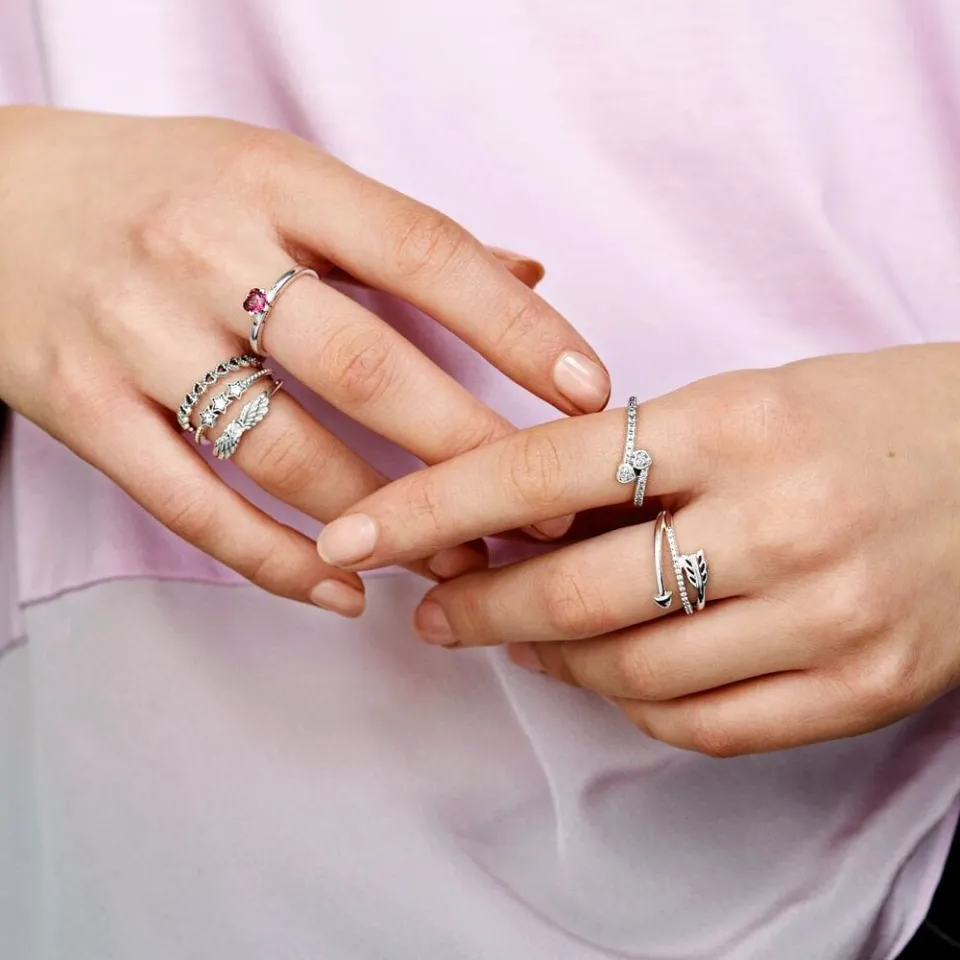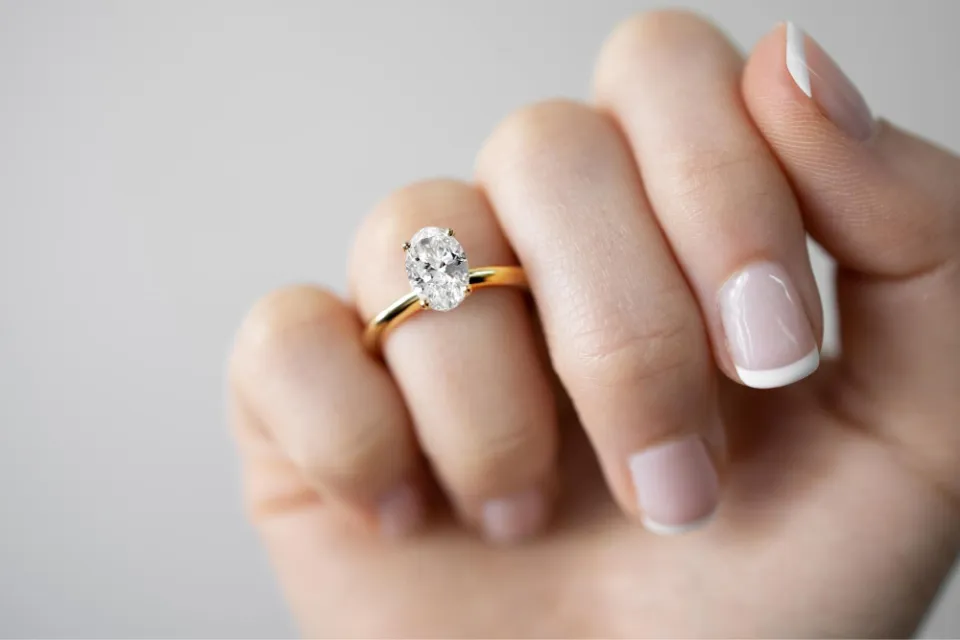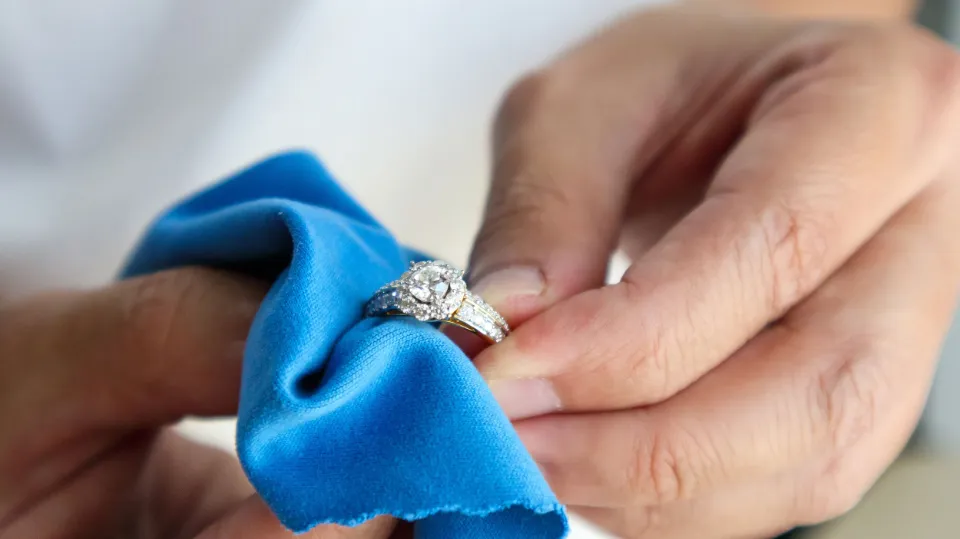The thrill of getting an ear piercing must always be accompanied by a readiness to maintain the piercing. So when can you change your earrings?
The recovery time can change depending on your immune system, aftercare routine and the piercing type. Normally, you can change your earrings after at least six weeks after getting a piercing.
We can assist you if you are unsure of the proper changing time. We’ll talk about how to properly care for your ears and when to replace your starter jewelry.
When Can You Change Your Earrings?
For ear piercings, it is recommended to wait 6-8 weeks before attempting to change your earring.
In this time frame, it is anticipated that the piercing’s wound will have healed, making it okay to take off the old earrings and put on the new ones.
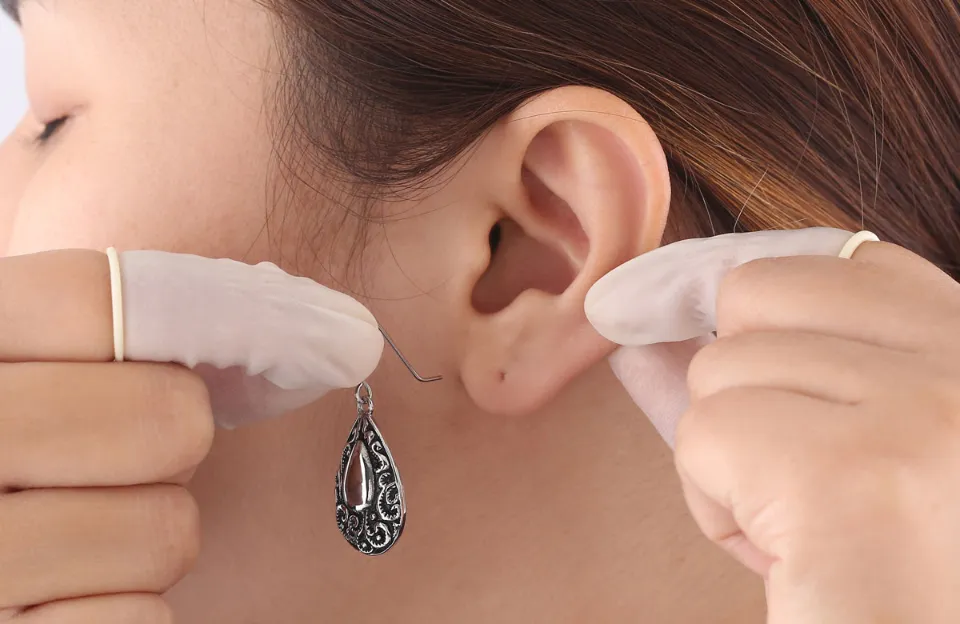
However, since some people heal more slowly than others, it is not necessary for everyone to switch out their earrings after exactly six weeks.
Avoid switching out the earrings if you continue to experience pain and irritability.
Also Read: Can You Wear Earrings in Passport Photo?
Factors That Affect the Healing Time of a New Piercing
Several factors can affect the healing time of a new piercing, including:
- The location of the piercing: Earlobe and cartilage piercings typically heal more quickly than those done on other body parts because of the higher blood flow in those areas.
- Your body’s natural healing process: Healing times can vary from person to person due to differences in how quickly some people’s bodies can recover.
- The size and type of the jewelry: Larger or heavier jewelry can put more strain on the piercing and delay healing. It’s crucial to pick jewelry that fits your piercing’s size and location.
- Infection or irritation: Your piercing may take longer to heal if it becomes inflamed or infected.
What Are the Risks of Ear Piercings?
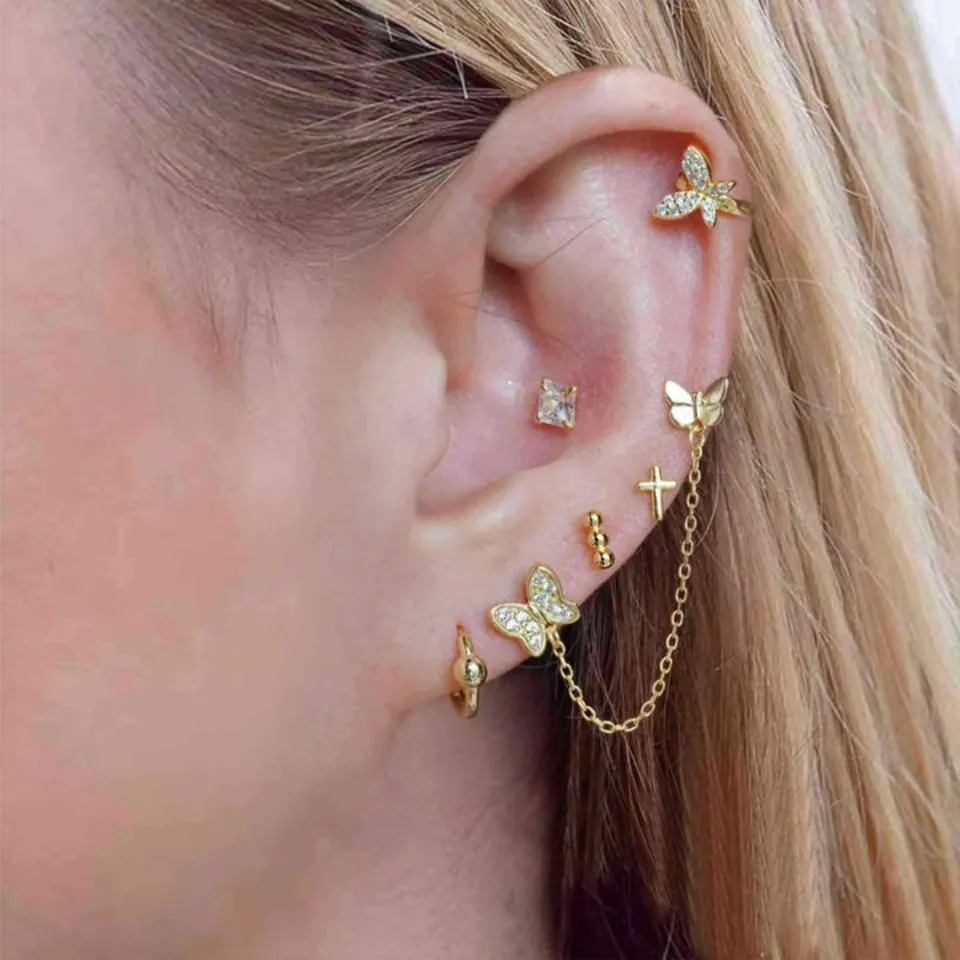
When can you change your ear piercing? You should hold off until the wound has fully healed.
Your approach to managing the risks will determine how quickly you recover.
Metal Allergy
An allergy to metals like nickel may result in symptoms like itchiness, swelling, and redness.
A doctor should remove the earrings if you have severe allergies.
Nickel can be present in both gold and silver alloys, and Grade 1 white gold has a particularly high nickel content.
These metals also contain copper, which can also cause allergic reactions and is commonly found in rose gold and sterling silver jewelry.
Even though copper allergies are relatively uncommon, you should still take precautions.
Use 14K or higher gold jewelry or ornaments made of surgical-grade stainless steel, platinum, or titanium to prevent metal allergies.
To prevent allergic complications like itching, red skin, and inflammation, stay away from silver jewelry, especially during the healing process.
Read More: Why Do My Earrings Smell?
Infections
Due to the open wound that is caused by ear piercing, infection is possible.
Redness, swelling, pain, pus, and crusted discharge are signs of an infected body piercing.
An abscess, a bacterial infection that causes a pocket of pus under the pierced skin, is another possibility.
It may occur if an infection is left untreated or if bacteria become trapped under the skin.
A visible pus collection, pain, tenderness, and warmth around the piercing are all signs of an abscess.
Complex infections that go untreated can harm tissue, nerves, and scar tissue.
If you experience any of these signs, seek medical attention.
What is the Right Ear Piercing Aftercare?
It’s important to prepare for ear piercing aftercare before the procedure, as it’s a necessary step.
This is because it determines how quickly your wound will heal and, as a result, when you can safely switch your earrings. To avoid mistakes, you should always have the following in mind:
Make It a Priority to Choose the Right Earrings
Choosing high-quality earrings is part of your aftercare strategy as soon as you get your ears pierced.
This is why purchasing surgical-grade stainless steel, sterling silver, or gold earrings is always the better option. These metals’ hypoallergenic qualities will prevent you from developing irritants and allergies that would be impossible to treat.
Keep Your Piercing Clean
The first few weeks following a piercing are extremely important because you need to make sure the wound doesn’t become infected. This entails keeping the piercing clean all the time and resisting the urge to touch your ears, even if they are itchy.
The chances are increased if you have tragus or helix piercings because they heal slowly. Always wash the pierced area for two to five minutes with a saline solution, at least three times per day, to prevent infection.
Throughout these cleaning sessions, you should also rotate your piercing stud 360 degrees.
Avoid the Temptation of Premature Earring Removal
Taking off your earrings before the wound has fully healed is crucial because doing so will only cause further issues.
The complications that could result from this error are not worth it, from the chance of introducing bacteria to a wound that has already begun to heal to the potential for creating crooked tunnels. Y
our safest bet is to wait for your ears to heal before you can change into those beautiful earrings that you can’t wait to wear.
Related Post: Can You Sleep in Huggie Earrings?
The Signs of a Healed Ear Piercing
An ear piercing that has healed will not appear the same as one that is healing. The discharge should gradually decrease over the course of the healing process.
A fully healed piercing should not:
- Produce any discharge
- Be painful or tender to the touch
- Have red or pink surrounding skin
Consult your piercer or a physician if you have any concerns.
When to Seek Medical Attention for Your Piercing?
There are other indications that you should have your piercing examined, besides the presence of infection-related symptoms. These include:
- Excessive bleeding from the piercing
- The earring becoming embedded in the skin
- The piercing not healing after several weeks
- The earring falling out or becoming loose
- A lump or bump forming near the piercing
Final Words: When Can You Change Your Earrings
For the long-term health of your piercing, it’s critical to understand what to anticipate during the healing process.
Ear piercings require good care if you are hoping to make the most out of the decision to have a piercing.
After the wound has completely healed, you will enjoy wearing the jewelry of your choice because your ears will appreciate the attention you give them.
Read More: What Are Sleeper Earrings?
FAQs
Can I Change My Earring After 1 Week?
You cannot change your earrings for the first 6 to 8 weeks.
How Long Do You Have to Wear Studs After Ear Piercing?
The piercing studs need to be taken out and exchanged for new earrings within six weeks of the procedure.
What Happens If You Change Your Earring before 6 Weeks?
Changing your earrings too soon can interfere with the healing process and raise the risk of infection or complications.


